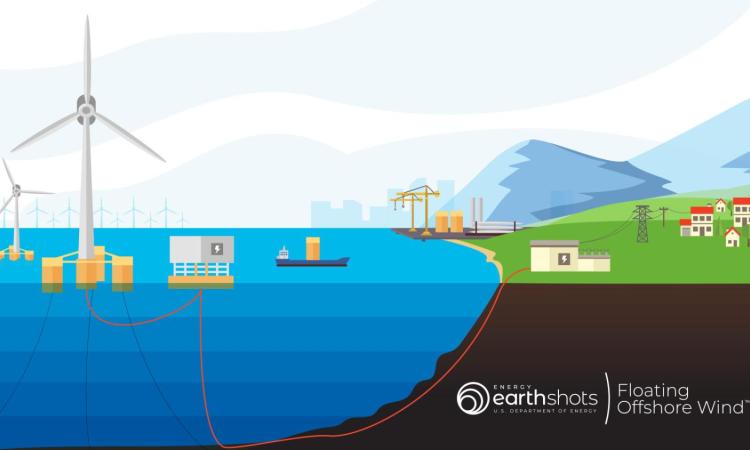Scientists and engineers around the nation awarded $21.5 million through the Young Investigator Program
Elizabeth Qian has been awarded an Air Force Office of Scientific Research (AFOSR) Young Investigator Program (YIP) Award for a new research project titled, Inference-oriented Model Reduction: A New Paradigm. She will receive $447,000 over three years to develop new algorithms for model reduction, which replaces expensive and complex engineering simulations with less compute-intensive approximations, which are cheaper and faster.
“Professor Qian’s research in developing faster computational methods has exciting potential for impact on applications across aerospace engineering and beyond. We look forward to the new contributions that the AFOSR YIP award will enable her to achieve,” said AE School Chair, Mitchell Walker.
The award is given annually to outstanding scientists and engineers who have received their doctoral degrees within the last five years. Qian is among 48 scientists and engineers from 36 institutions and businesses in 20 states tapped this year.
Her proposal addresses the inverse problem, which describes measuring or monitoring a system’s status based on incomplete or potentially corrupted data. Some examples include monitoring the structural health of a building or airplane wing using sensors placed on the structure, weather prediction using satellite data, and even medical imaging using data from an MRI scan. The mathematical terminology “inverse problem” is defined in opposition to a “forward problem”, which uses knowledge of the system status to predict what the corresponding measurements would be. In contrast, the inverse problem involves deducing information about the system from real measurement data.
Current methods for solving inverse problems are compute-intensive, partially because the simulations describing the relationship between the system and the data are expensive. The goal of the new research project is to develop faster computational models that replace the expensive simulations but still lead to accurate approximation of the inverse problem solution.
“This project will develop new algorithms and mathematical theory for solving inverse problems faster. The test of success is to see if these less compute-intensive approximations yield accurate enough estimation of the underlying system for the application of interest,” Qian said.
Qian holds a joint appointment as an assistant professor in the School of Aerospace Engineering and the School of Computational Science and Engineering where she teaches undergraduate and graduate-level courses on numerical analysis and methods. She says, “research in computational methods is exciting because of the broad applicability of the research across science, engineering, and medicine.”
“If you’ve ever had an MRI, you might know that there is a process that transforms MRI sensor data into an image. That’s an inverse problem. So, if our new research is successful, it could speed up the computation time needed to turn your MRI data into an image that you and your doctor can look at,” she explained. Another promising application area for the model is subsurface imaging, which helps geologists predict seismic events like earthquakes as well as monitor underground levels of resources like oil or water.
Related Stories:
Professor Elizabeth Qian will Serve as Co-PI on DoE Energy Earthshots Project
Qian will work with researchers at New York University, Los Alamos National Laboratory, and the National Renewable Energy Laboratory on the new project, named ROME: Reduced modeling with extreme data.
Professor Qian to Bring Her Expertise to the 2023 NAE Frontiers Symposium
AE Assistant Professor Elizabeth Qian has been invited to participate in the National Academy of Engineering’s (NAE) Grainger Foundation Frontiers of Engineering 2023 Symposium


